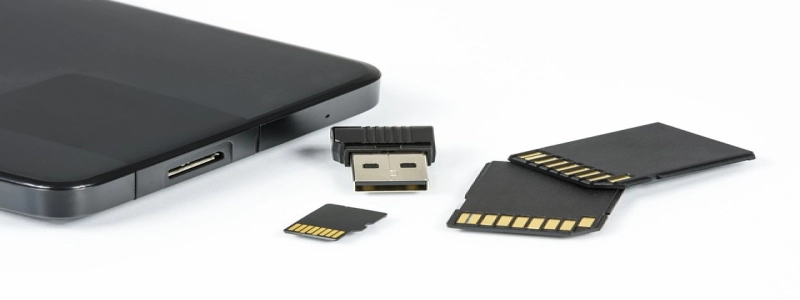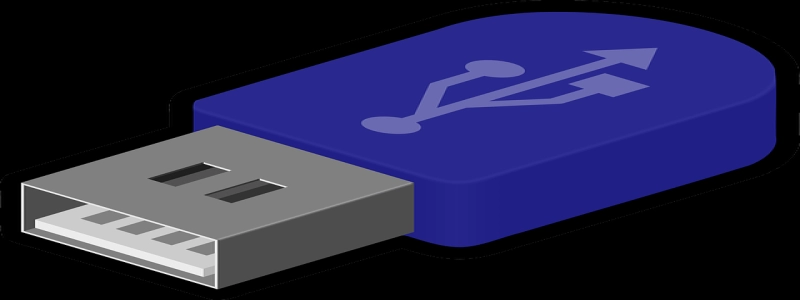Juniper Transceiver
I. Introduction
In modern communication networks, transceivers play a vital role in connecting devices and transmitting data. Juniper Networks, a leading provider of networking solutions, offers a range of high-quality transceivers that deliver outstanding performance and reliability. This article will provide a detailed overview of Juniper transceivers and their features.
II. Types of Juniper Transceivers
Juniper Networks offers various types of transceivers to meet different networking needs. Some of the most commonly used Juniper transceivers include:
1. SFP (Small Form-factor Pluggable) Transceivers: These hot-swappable transceivers support a variety of network speeds and are commonly used for Ethernet, Fibre Channel, and SONET/SDH applications.
2. QSFP/QSFP+ (Quad Small Form-factor Pluggable) Transceivers: These high-density transceivers support high-speed networking, such as 40G and 100G Ethernet.
3. CFP (C Form-factor Pluggable) Transceivers: CFP transceivers are designed for high-speed networking applications, offering data rates of up to 100Gbps.
4. XFP (10 Gigabit Small Form-factor Pluggable) Transceivers: XFP transceivers are widely used for 10 Gigabit Ethernet applications and provide high-speed data transmission.
III. Features and Benefits
Juniper Transceivers are known for their exceptional features and numerous benefits. Some key features and benefits include:
1. Compatibility: Juniper transceivers are designed to be fully compatible with Juniper devices, ensuring seamless integration and optimal performance.
2. High Quality and Reliability: Juniper Networks emphasizes quality and reliability, ensuring that their transceivers meet strict industry standards and deliver consistent performance.
3. Range of Supported Networks: Juniper transceivers support a wide range of network technologies, including Ethernet, Fibre Channel, SONET/SDH, and more, providing flexibility and versatility in network deployment.
4. Hot-Swappable Design: Juniper transceivers feature a hot-swappable design, allowing for easy installation, replacement, and upgrades without interrupting network operations.
5. Advanced Monitoring and Diagnostics: Many Juniper transceivers come with built-in monitoring and diagnostic capabilities, allowing network administrators to proactively monitor and troubleshoot network issues.
IV. Application Examples
Juniper transceivers find application in various industries and network setups. Some common application examples of Juniper transceivers include:
1. Data Centers: Juniper transceivers are extensively used in data center environments for high-speed data transmission and interconnectivity between servers, switches, and storage devices.
2. Telecommunication Networks: Juniper transceivers are used in telecommunication networks for efficient and reliable communication between different network elements.
3. Enterprise Networks: Juniper transceivers are often deployed in enterprise networks to connect various devices, enabling smooth communication and data transfer.
V. Conclusion
Juniper transceivers are a reliable and efficient choice for networking professionals looking for high-quality transceivers. With their wide range of types and excellent features, Juniper transceivers provide the necessary connectivity and performance to meet the demands of modern communication networks. Whether in data centers, telecommunications, or enterprise networks, Juniper transceivers offer a reliable solution for seamless communication and data transmission.








